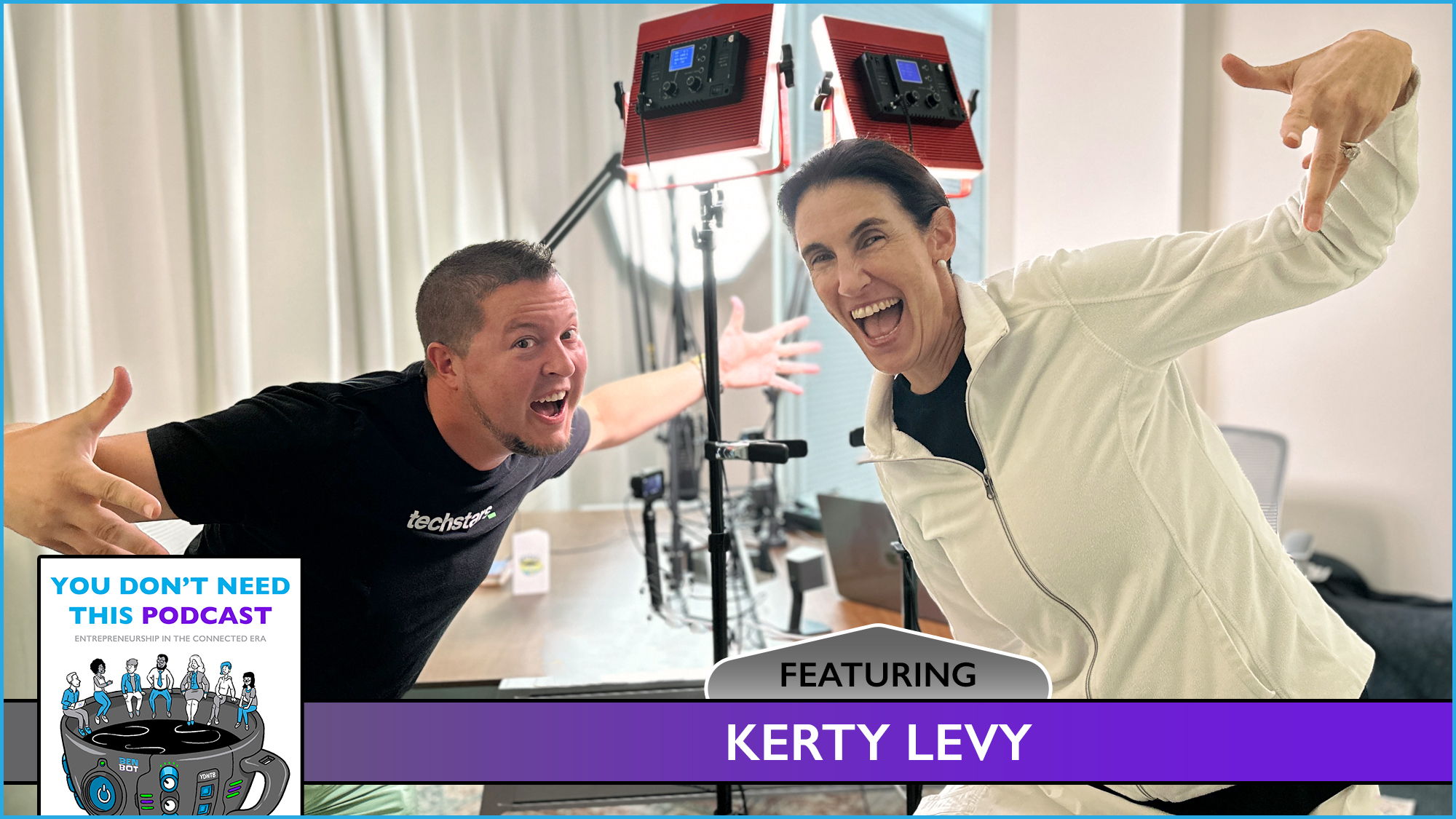We are all artists. No matter what you create, there’s a distinction between creating art and shipping it.
Extra Shot
Here’s a useful definition of art. How does (re)defining art this way change the way you think about your own contributions? What is your art?
My favorite author, Seth Godin, often writes about going beyond the status quo by creating remarkable art. As we explore and expand our creative practice, Godin also suggests that if we don’t ship our art (i.e. send it out into the world), that it is all for naught. He leans on how art is all is about connection, and if nothing is shipped, there cannot be connection.
Entrepreneurs, intrapreneurs, side hustlers, students, and community builders willing to ship, fuel positive change with their art. Unfortunately, the ego often fears external evaluation. This fear is compounded when a lack of success may occur, which is always possible. As apprehension calcifies over time, it becomes tough to resit the temptation of hiding our thoughts, emotions, and activities within the safety of solitude.
Creating art to enjoy by yourself can build skills and provides internal layers of sentimental value, but to go beyond the status quo, push past the fear of feedback.
Extra Shot
Failure is an illusion. We either succeed or learn.
The world is loud, so avoid wasting time shouting just to make noise, but know that we need you to ship your art. This encouragement is not an excuse to rush into bad ideas, ship something that hasn’t received proper attention, or not deliver on a promise. It is however, a friendly reminder that pursuing perfection can devolve into an enemy of progress.
We’ve all heard inspiration like that before, but listen to those you admire. Perfection is rarely required when all you need is enough success to continue creating art. Let such liberation fuel confidence. Translate expanding confidence into fresh curiosity. Augment this curiosity with creative action. Rinse and repeat.
As belief in oneself grows, one interesting hesitation is disguised by good intention. We tell ourselves it’s not wise to be too self-serving. This is virtuous, but sometimes endless humility makes silence feel safe. As we protect ourselves by staying quiet, a self-limiting restraint develops. For example, many people find writing into journal to be therapeutic, but are quick to dismiss the idea of sharing these beautifully raw writings with others. Of course it’s good to internalize some things, but as you learn more about yourself through writing, know your art can make an expanded impact when it ships.
Ready to ship your art? Think about your own super powers and the people you care about. How might connecting these two things provide value? Experiment with small actions and as this develops into a practice, expand the connected nature of your creativity. As your art connects with those who care, find a cadence that allows you to be consistent. Seth Godin suggests that we all ship something daily, but one size does not fit all and the right tempo depends on the art you’re planning to ship. To find your own signal, consider your personal bandwidth and the audience you seek to serve. Talk with others and experiment, then tweak your timing to find the right rhythm.
If you’re shipping art, I’d love to hear what makes it remarkable and how you stay consistent. If you’re looking for new ways to make a ruckus, the Roasted Reflections library and my curated Resources page will help spark fresh movement.
No matter your current state of now, thank you for continuing to create art. More important, thank you for being courageous enough to ship it.

